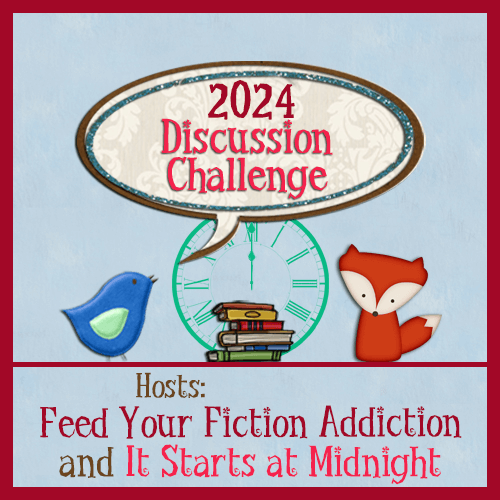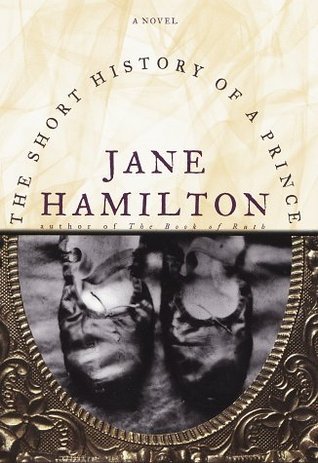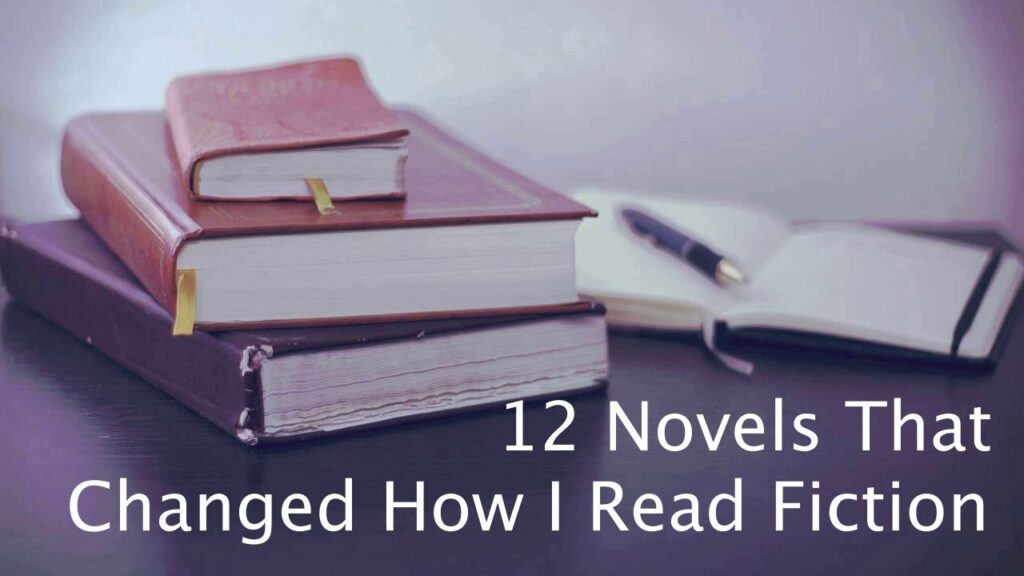Related Posts:
- Introduction & #1 All the King’s Men
- #2 A Portrait of the Artist as a Young Man & #3 The Murder of Roger Ackroyd
- #4 The Church of Dead Girls by Stephen Dobyns
- #5 The Debt to Pleasure by John Lanchester
Thanks to these two bloggers for sponsoring the annual Blog Discussion Challenge:
- Nicole at Feed your Fiction Addiction
- Shannon at It Starts at Midnight


#6 The Short History of a Prince by Jane Hamilton
© 1998
Date read: 2/24/2000
This book would not have the same effect on me if I read it now for the first time as it did when I read it more than 20 years ago. Some issues that we now take for granted were just entering the arena of public discussion back then.
However, the author’s technique of waiting until the reader is well into the novel before revealing a crucial detail about her protagonist would work just as well today as it did then, albeit with a different context. By the time I got that revelation, I’d already become invested in the character and was rooting for him to succeed.
The Short History is one of the first contemporary novels I remember reading as an example of conscious social commentary. Coming from an academic background, I had been trained to look at literary works as textual and aesthetic objects only, separate from any larger social or cultural issues that might have prevailed at the time the work was created or that the author might have spoken or written about in other works or other media, such as interviews or personal essays.
Reading this novel reinforced for me the importance of understanding fiction within the context of its creation. Learning this lesson marked the beginning of my transition from the academic study of literature to a more personally meaningful approach.
© 2024 by Mary Daniels Brown


My heavens, I haven’t thought about Jane Hamilton in ages, which is sad because at one time she was a favorite writer of mine! I do remember enjoying Prince, as well as her Map of the World, but then I lost track of her work. I could see how Prince might be a bit dated these days (although perhaps less so, depending upon the community); it would be an interesting exercise to read it again, after so many years!
Thanks for commenting, Janakay. Yes, when I was putting together this list of 12 novels, I was surprised to realize that I haven’t read any more of Jane Hamilton’s books in this century! I had read Book of Ruth and Map of the World when they came out and thought they were well done. I don’t know why I let Hamilton fall off my radar. Unrelatedly, I’ve subscribed to your blog and look forward to reading more.
I think it is so important to judge a book by the time period in which it was written, especially when it comes to social commentary. My book group just finished a book published in the 1940s about a period of time in the author’s life in the 1930s. She made so many racist comments about “Indians” I could barely stand to read the book. The discussion in the club centered around whether such racist books should still be published or just taken as an example of the racist feelings of the past. We did not reach consensus.
I know exactly what you mean, Anne, about reading remarks in older books that make us cringe today. I’ve decided that it’s important to note the feelings/beliefs/values of that time, but I don’t usually feature those books on my blog, or, if I do, I make note of the points that I find objectionable, and why. Thanks for reading and commenting.